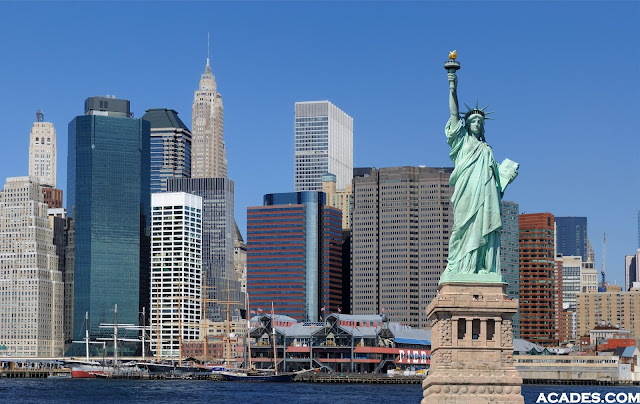JOURNEY TO THE CENTRE OF LONDON
BRITISH MUSEUM
The Great Court
Egyptian Collection
Read More
The British Museum is a museum of human history and culture located in Central London. Its collections, which number more than seven million objects (not all of which are on show) are the largest and most comprehensive in the world and originate from all continents, illustrating and documenting the story of human culture from its beginning to present day.
The museum opened to the public in 1759, with the famous Rosetta Stone becoming the most famous piece of the collection in 1802. The museum features antiguities from all over the world along with many Greek and Egyptian antiquities. As well as the Rosetta Stone, the museum also houses many other famous pieces such as the Elgin Marbles from Greece. The spectacular Great Court, with its impressive glass roof, was opened in 2000, following the relocation of the British Library to St Pancras, and is the largest covered public square in Europe. Entry to the museum is free but there is a charge for some of the temporary exhibitions on show.
Finally, the Queen Elizabeth II Great Court opened in 2000. This two-acre square (8000 sq m), enclosed by a glass roof, creates an indoor courtyard with the museum's famed circular reading room in the center. This design made by Norman Foster and Partners makes it easier for visitors to find their way in the museum thanks to the large open space, very similar to the way the Easter Island Sculptureentrance area below the Loure Pyramid in Paris Work.
Another highlight of the British Museum is the extensive Egyptian collection. Besides many sarcophagi and statues, including an enormous one of Pharaoh Ramesses II, the collection is home to the famous Rosetta stone, used by Jean-François Champollion to decipher the hieroglyphic writing.
The text on the stone, created in 196 BC after the end of the Egyptian dynasties, is written in three different writings: Greek, hieroglyphic and demotic (a symplified form of hieroglyphic).
The British Museum is also known for its very large and popular collection of Egyptian mummies and coffins. You can even find animal mummies here.
BIG BEN CLOCK
The clock inside the tower was the world's largest when it was installed in the middle of the 19th century. The name Big Ben actually refers to the clock's hour bell, the largest of the clock's five bells. The other four are used as quarter bells.
There were two bells cast as the clock tower's hour bell. A first, 16 ton weighing bell was cast by John Warner and Sons in 1856. Since the Clock Tower was not yet completed, the bell was hung temporarily in the Palace Yard. The bell soon cracked so it was recast in 1858 in the Whitechapel Bell Foundry as a 13.5 ton bell. Unfortunately soon after this bell was placed in the belfry in July 1859, it cracked as well. This time, instead of yet again recasting the bell, the crack was repaired and a lighter hammer was used to prevent any more cracks.
The hour bell was probably named after Benjamin Hall, the First Commissioner of Works. Some sources however claim the bell was named after Benjamin Caunt, a British heavyweight boxing champion.
The Clock
The clock was the largest in the world and is still the largest in Great-Britain. The clock faces have a diameter of almost 25ft (7.5m). The hour hand is 9ft or 2.7m long and the minute hand measures 14ft (4.25m) long.
The clock is known for its reliability, it has rarely failed during its long life span. Even after the nearby House of Commons was destroyed by bombing during World War II, the clock kept on chiming. The clock's mechanism, designed by Edmund Beckett Denison, has a remarkable accuracy. The clock's rate is adjusted by simply adding small pennies on the shoulder of the pendulum.
The Tower
The tower was constructed between 1843 and 1858 as the clock tower of the Palace of Westminster. The palace is now better known as the Houses of Parliament.
The clock tower rises 316ft high (96m) and consists of a 200ft (61m) high brick shaft topped by a cast iron framed spire. The clock faces are 180ft / 55m above ground level.
Sources :
www.wikipedia.org
www.traveleye.com
































































